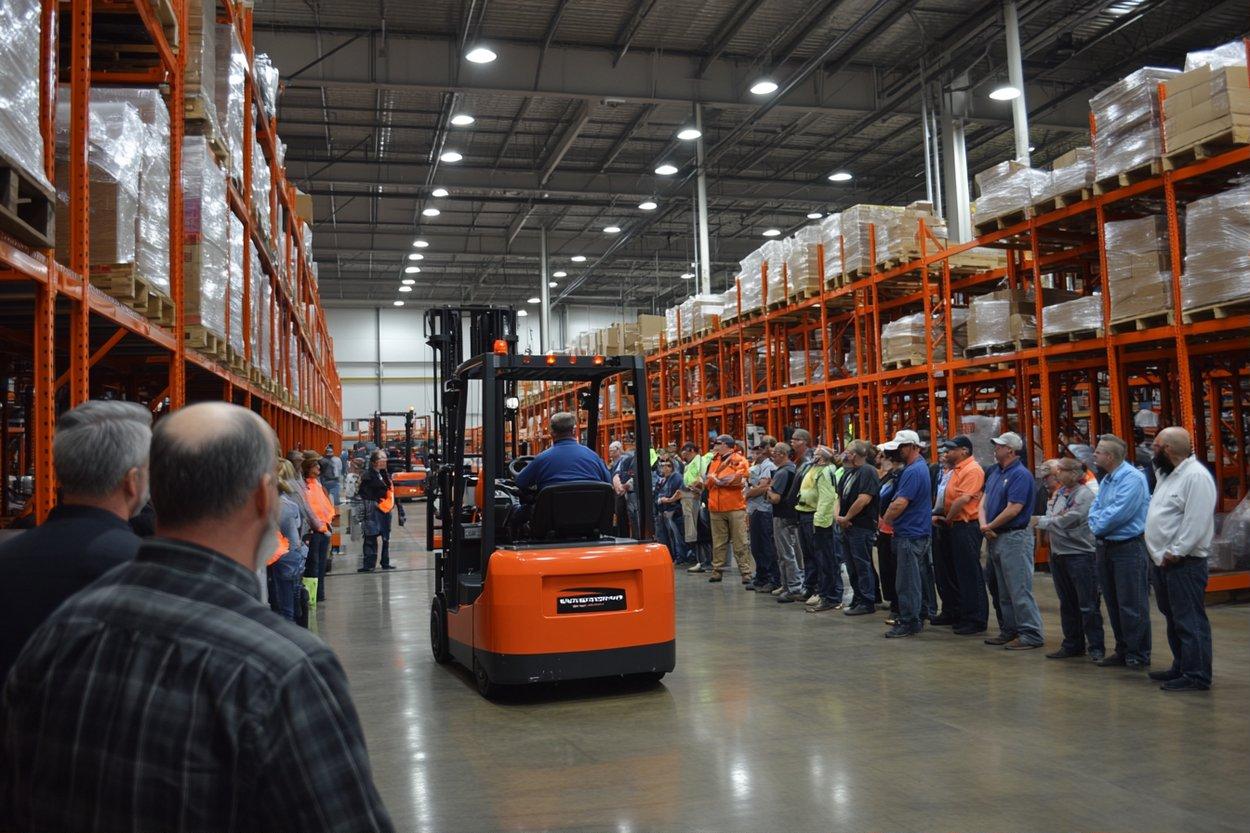"Understanding the Role of Business Agility in Industrial Settings"
In the dynamic world of industry and commerce, the ability to adapt and respond to changes swiftly is a critical aspect of survival and growth. This ability is often referred to as business agility. This article explores the concept of business agility, its historical context, current trends, and practical applications in the business and industrial sectors.
The Genesis of Business Agility
The term business agility was coined in the late 90s, during the dot-com boom. Initially, it was mainly associated with information technology (IT) and software development practices. The rapid pace of technological advancements, coupled with increased competition, necessitated the development of agile methodologies in IT. However, the concept soon found relevance in other sectors, including manufacturing and service industries.
Business Agility in Today’s World
In today’s fast-paced industrial environment, business agility is no longer a luxury but a necessity. It acts as a catalyst that enables organizations to respond to market changes, technological advancements, and customer needs swiftly and efficiently.
Several trends are contributing to the heightened relevance of business agility. For instance, the increasing globalization of businesses has brought about a higher degree of uncertainty and complexity. This requires organizations to be agile to navigate these complexities successfully. Similarly, the ever-evolving customer expectations necessitate businesses to be agile to stay relevant and competitive.
The Impact and Benefits of Business Agility
Business agility offers several benefits, including improved customer satisfaction, increased operational efficiency, and enhanced competitiveness. An agile business can quickly respond to customer needs, thereby improving customer satisfaction. It can also adapt its processes to changing conditions, leading to increased operational efficiency. Moreover, by being able to adapt quickly, businesses can stay ahead of the competition.
However, achieving business agility is not without its challenges. It requires a shift in organizational culture and mindset, as well as significant changes in processes and operations.
Practical Applications of Business Agility
Several practical applications of business agility can be observed across different industrial sectors. For instance, in the manufacturing sector, business agility manifests in practices such as just-in-time production and flexible manufacturing systems. In the service sector, agile practices include customer-centric service delivery and agile project management.
Key Insights into Business Agility
-
Business agility enables organizations to respond swiftly to market changes and customer needs, leading to improved customer satisfaction and increased competitiveness.
-
Achieving business agility requires significant changes in organizational culture, mindset, processes, and operations.
-
The relevance and adoption of business agility are increasing due to factors such as increased globalization and evolving customer expectations.
Concluding Thoughts
In conclusion, business agility is a critical aspect of modern business and industrial practices. It offers numerous benefits, including improved customer satisfaction, increased operational efficiency, and enhanced competitiveness. However, achieving business agility requires significant changes in organizational culture, mindset, processes, and operations. As the business landscape continues to evolve, the importance of business agility is only set to increase. Therefore, organizations must strive to enhance their agility to stay relevant and competitive.





